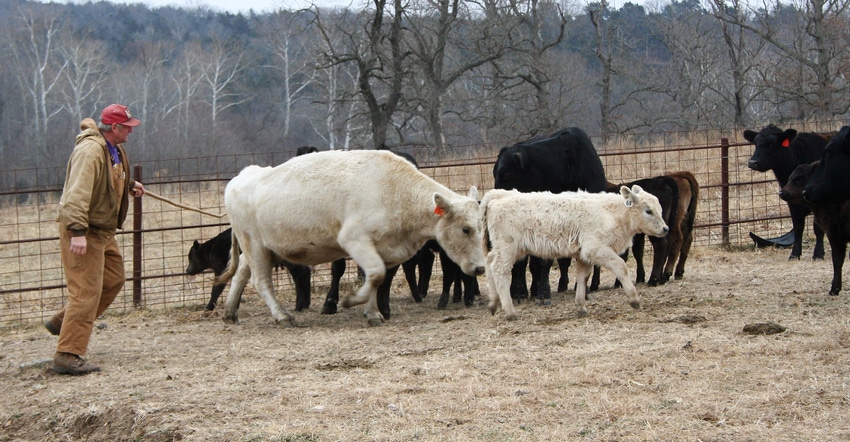January 13, 2021

As if there was not already enough uncertainty facing cattle and beef markets, worsening drought conditions have affected many important cow-calf production areas and could play a major role for the national industry as we move into 2021.
The U.S. Drought Monitor, produced by the National Drought Mitigation Center at the University of Nebraska-Lincoln, provides a weekly numerical assessment of drought severity. In recent months, it has reported rapidly deteriorating conditions.
As of Dec. 15, 67% of the U.S. was reported as abnormally dry, with 49% experiencing moderate drought, 34% suffering severe drought, and 22% dealing with extreme drought. These are some of the highest readings since 2013 and denote a sharp reversal from the spring.
As recently as the end of April 2020, less than 30% of the nation was abnormally dry, with only 15% enduring moderate drought and less than 6% facing severe or worse drought.
Historical look at drought
While the national data begins to tell the story, weighting the state drought data by beef cow numbers helps to compare the current situation more clearly with respect to its effect on cattle producers.
The graphic shows the week-by-week evolution of the moderate or worse drought category through 2020, along with the average reading of this metric over the past 20 years. It has only been a small segment of 2020 in which the drought has surpassed the longer-run average, although deteriorating conditions have shown little sign of moderating.

Compared to the drought of 2012-13, more states with relatively large numbers of cow-calf operations have remained only marginally affected, if at all. For instance, four of the top 10 beef cow inventory states (Oklahoma, Missouri, Kentucky and Arkansas) have a smaller percentage of area in moderate drought than the 2000-19 average, even as other areas — particularly in the southwestern U.S. — are facing serious challenges.
Dry weather affects herd numbers
There are a couple of indicators to look for in the coming weeks that will help clarify the extent of recent drought impacts on cattle markets.
The Jan. 12 USDA Crop Production report will provide a state-by-state update of hay stocks on farms as of Dec. 1. The most recent hay stock data as of May 1 showed a recovery in hay stocks relative to the very low levels of the previous two years. It will be important to see how hay inventories may have been depleted in certain states recently.
The annual cattle inventory report will be released Jan. 29 and provide inventory numbers as of Jan. 1. While beef cow numbers were already expected to continue declining because of recent industry economics, the size of the decline could be affected by poor pasture and range conditions in certain areas.
Whether producers were forced to send cows to slaughter markets because of drought pressure, or whether these animals were able to move to areas with better moisture availability, will play an important role in beef supplies and cattle prices for the next couple of years. Stay tuned as weather could be a large factor for cattle markets in 2021.
Brown is a livestock economist with the University of Missouri. He grew up on a diversified farm in northwest Missouri.
About the Author(s)
You May Also Like




